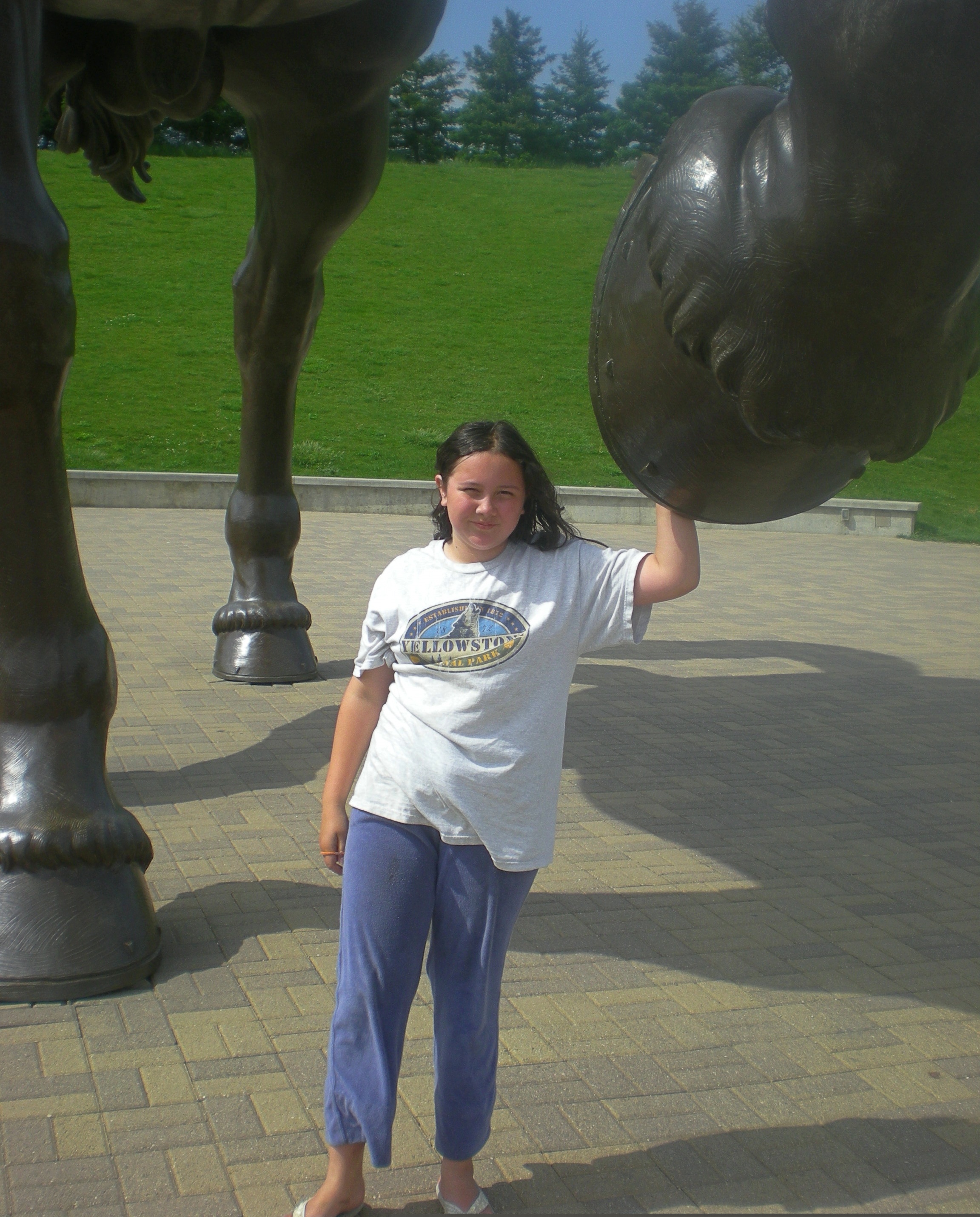You know, I said to my friends as we entered the Frederik Meijer Gardens and Sculpture Park in Grand Rapids on the second day of our trip, this place seems larger than it used to be.
Just an impression I couldn’t quantify on the spot. The place just felt larger.
My instincts were right. Nearly five years ago, The Art Newspaper published an item about the Meijer Garden’s 2010s expansion:
“[Meijer Gardens] is getting a major upgrade thanks to a successful $115m fundraising campaign, which will allow it to show off recent acquisitions and support the 750,000 annual visitors it has welcomed for three consecutive years — nearly four times the number it was designed for when it opened in 1995.
“The four-year building project, which launched in September [2017], includes new education and visitor centres, an expansion of the current indoor exhibition space and a transportation centre on the Meijer Gardens’ 158-acre main campus, designed by the New York-based Tod Williams Billie Tsien Architects.”
As we wandered through the new visitor center, we passed sweeping high ceilings, sizable sculptures, meeting space, a gift shop, an auditorium and a Chihuly.
When you get a chance to see a Chihuly, take a good look.
That was just our start of gazing at sizable works of art — and sizable plants. The new visitor center leads straight to the Lena Meijer Conservatory.



Outside is just as lush in summer.


A little fauna to go with the flora.

Sculptures rise amid the greenery, or are tucked away in small glades, or have their own plazas. Some I remembered, some I didn’t.
Sean Henry’s “Lying Man” (2003) always watches the zenith, rain or shine.
“Neuron” (2010) by Roxy Paine didn’t exist the last time I came this way. But I recognized the artist right away.

“Male/Female” by Jonathan Borofsky (2004).
Also easy to recognize: the blobbity stylings of a Henry Moore. “Bronze Form,” in fact, a 1985 casting, so only a year before the sculptor died.
I really liked this one: “Iron Tree” by Ai Weiwei (2013). Iron, but also stainless steel.
I remember these figures. They’re a little hard to forget. “Introspective” (1999) by Sophie Ryder.
“Plantoir” (2001) by Claes Oldenburg and Coosje van Bruggen. Oldenburg died just last month. Also familiar; their work tends to stand out.
“Aria” (1983) by Alexander Liberman.
That’s only a small sample of the small sample of artwork we saw. Much more was in the greenery or entirely out of sight, off in another part of the garden. We spent most of the afternoon at Meijer Gardens and somehow only passed through a corner of the place. Another section, for instance, includes a Japanese garden developed since the last time I was here. We didn’t make it. That just means, of course, I need to go back to Grand Rapids.
Before we left, we made sure we saw “The American Horse” (1999) by Nina Akamu.

” ‘The American Horse’ was created by famed animaliere, or animal sculptor, Nina Akamu,” the Meijer Gardens notes. “The work was inspired, in part, by one created by Renaissance master Leonardo da Vinci for the Duke of Milan in the late 15th century.
“This project, championed by Fred Meijer in the late 1990s, resulted in two casts of the 24-foot monument — one for Meijer Gardens and one for the city of Milan, Italy. In addition to inspiration from Leonardo, Akamu was motivated by the history of equine imagery and the study of horses.”
“The American Horse” is 14 years older than the last time I saw it —

— but none the worse for wear, which suggests regular (and costly) maintenance.